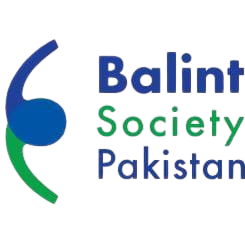About Us
Our mission is to empower healthcare professionals to better understand and manage the emotional and psychological aspects of patient care.
A succinct history of Balint
Balint Society Pakistan
Named after Hungarian physician and psychoanalyst Michael Balint (1896-1970), the Balint methodology has become a cornerstone for supporting healthcare professionals in navigating the emotional complexities of their work.
Michael Balint's path to Balint groups was less than conventional. After completing his medical degree and specializing in biochemistry, Balint developed a keen interest in psychoanalysis. In his early career, he saw the emotional toll faced by general practitioners. He recognized that general practitioners often dealt with a significant amount of frustration and emotional burden beyond simply diagnosing and treating ailments. Posed with the conundrum of one the most vital professions of society under such great strain, he envisioned a supportive space dedicated to addressing their unique challenges. Indeed, before the inception of Balint group, there was no other such group where healthcare practitioners could discuss patient cases outside the medical context, let alone share their reflections about their everlasting impressions.
The Birth of Balint Groups (1950s)
In the 1950s, while working in London, Balint initiated a series of seminars specifically designed for general practitioners. These sessions, now known as Balint groups, were nothing like traditional medical conferences. Instead of case presentations that were conventionally known to be strictly medical, with facts and the patient’s medical history, Balint groups centered around case presentations that were a narrative of patient-practitioner enigma told by the healthcare professional. General practitioners were encouraged to present challenging patient interactions, delving into the emotional dynamics and complexities involved. This innovative approach allowed practitioners to explore their own feelings and reactions in addition to those of their patients, fostering a deeper understanding of the doctor-patient relationship.
The transformative power of Balint groups did not go unnoticed. Beyond the immediate impact on participating general practitioners, Balint's work resonated with healthcare professionals worldwide. The 1960s saw the establishment of the first Balint group in the United States, paving the way for a more global reach. Formal recognition arrived in 1969 with the configuration of The Balint Society in the UK, dedicated to promoting and practicing the Balint method.
Beyond General Practice (1960s-1980s)
As the Balint method gained recognition, its benefits became increasingly apparent for a broader range of healthcare professionals- not limited to general practitioners. Nurses, psychiatrists, social workers, and other healthcare providers began incorporating Balint groups into their professional development. This expansion reflected the universality of the challenges faced by healthcare workers, regardless of their specific roles. The emotional labor inherent in caring for others, navigating complex relationships, and managing the stress of demanding workloads resonated across the roles of various healthcare sectors.
Worldwide adaptations (1990s-Present)
The latter half of the 20th century witnessed a significant surge in the popularity and spread of Balint groups. Societies and training programs dedicated to the Balint method were established in numerous countries around the world. This global reach signifies the universality of the human experience within healthcare professions. The challenges of building rapport with patients, managing difficult emotions, and maintaining personal well-being transcend geographical and cultural differences.
The Balint method, as dynamic as it is far-reaching, has continuously evolved to address the changing landscape of healthcare. Contemporary issues like physician burnout, the increasing emphasis on patient-centered care, and the rise of moral distress in practitioners- especially in an era of strain on healthcare with the cracks in its structure now evident- have all found space within Balint groups. This adaptability has ensured the ongoing relevance of the Balint method in the modern healthcare environment.
Discovering the evidence
Research efforts continue to explore and document the effectiveness of Balint groups. Studies have shown positive impacts on communication skills, empathy, and physician well-being. Understanding the mechanisms through which Balint groups function strengthens the argument for their continued integration into healthcare professionals’ programs at every level, from medical school to a seasoned professor’s tenure.
Michael Balint's groundbreaking work has provided a safe space for healthcare professionals to connect, reflect, and learn from shared experiences. This collaborative and introspective approach empowers them to approach their work with greater self-awareness, empathy, and resilience, ultimately leading to more effective and compassionate care for their patients.
- Balint Society Pakistan
What does Balint do for you?
As a healthcare professional in Pakistan, here are the specific ways Balint groups can enrich your career:
Improve your communication skills
Work through complex emotions
Feeling of fulfillment
- Why Choose Us
The Pathway to becoming a certified Balint group leader
Here is an outline of the steps involved in becoming a credentialed Balint group leader with the Pakistan Balint Society:
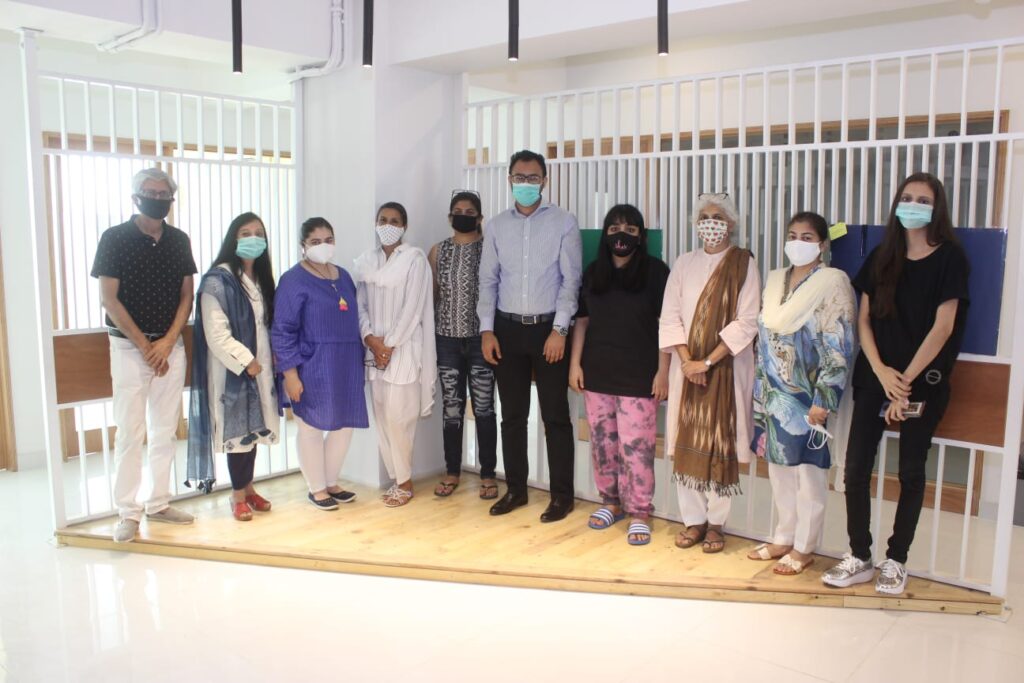
Become a member: Access resources and meet attendance requirements for co-leadership candidacy.
Participate actively: Attend Balint groups for at least two years to understand group dynamics. Your leader will assess your readiness for the next step.
Co-leading a group: Co-lead for two years with an accredited leader to refine your facilitation skills. Attendance and supervision are required.
Reflection and Self-Assessment: Document your leadership growth, reflecting on your experiences every six months.
Supervisor Approval: Discuss your readiness with your supervisor and obtain their endorsement.
Process: Submit your application form, a statement of interest, and updated references.
Associated Organizations

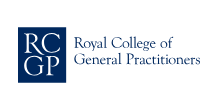
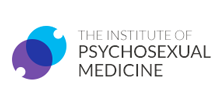

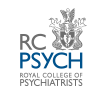
Join Our Community Today
Experience the transformative power of Balint group discussions—sign up now to become a member or attend our next session!
